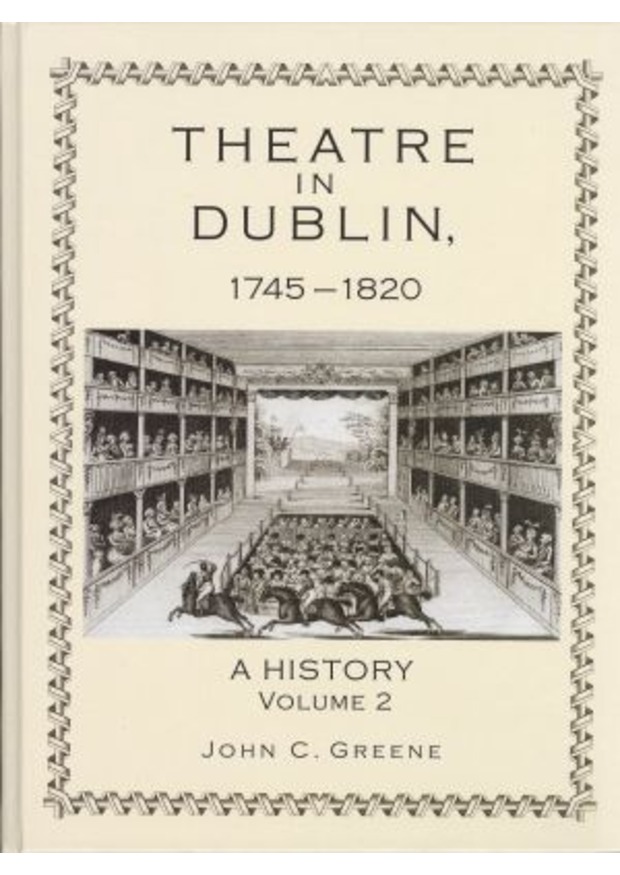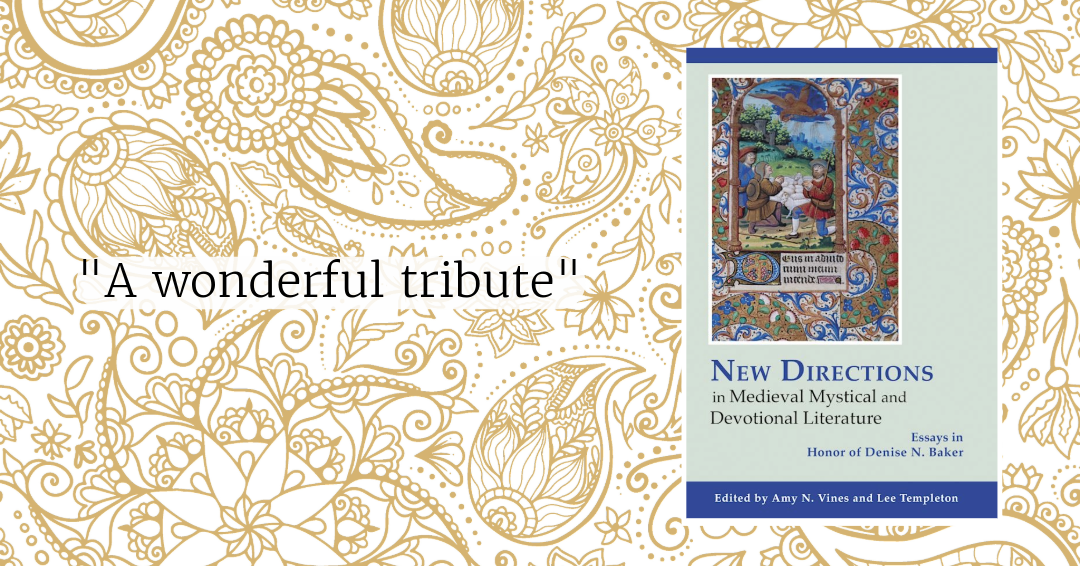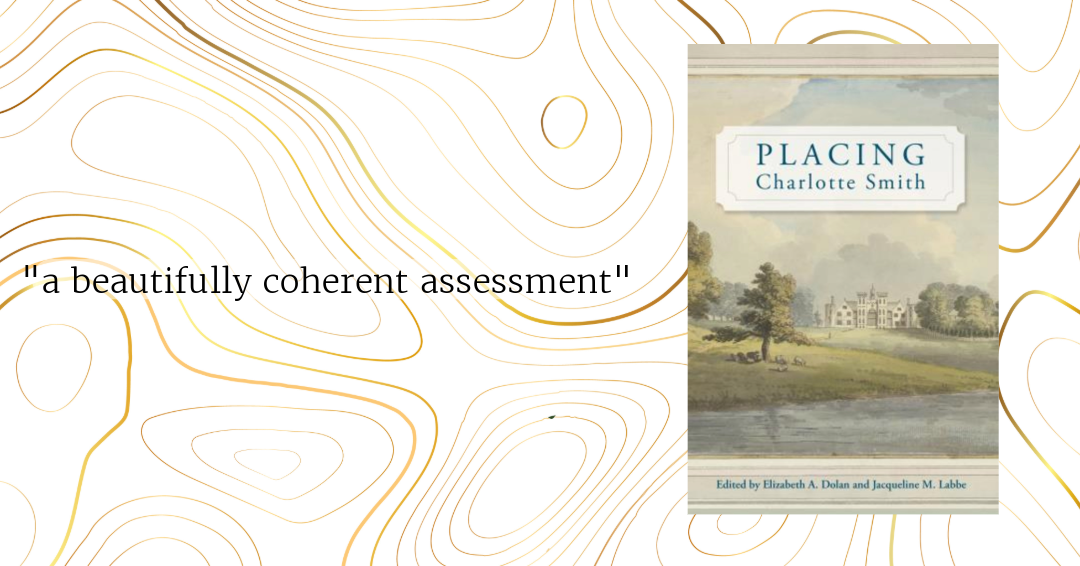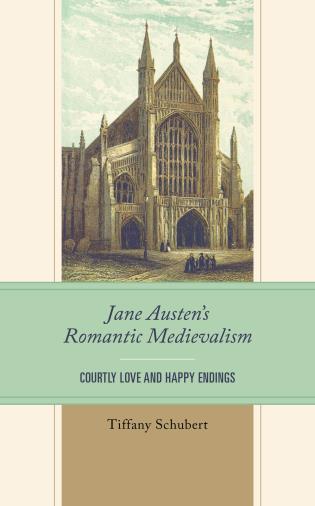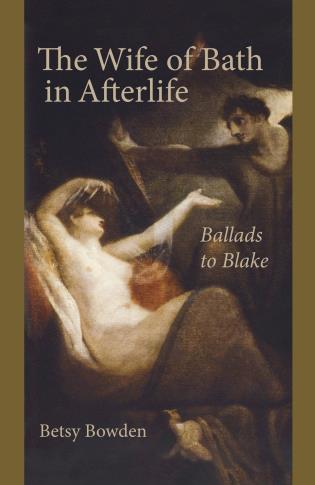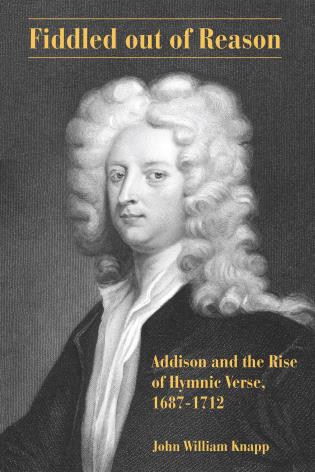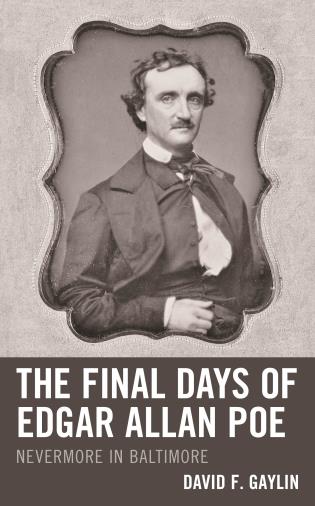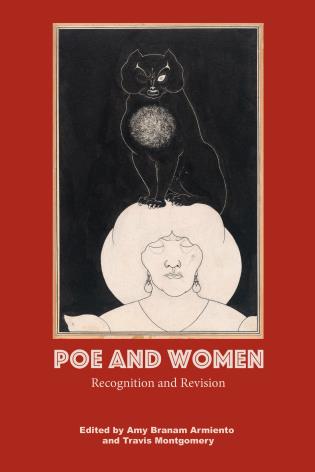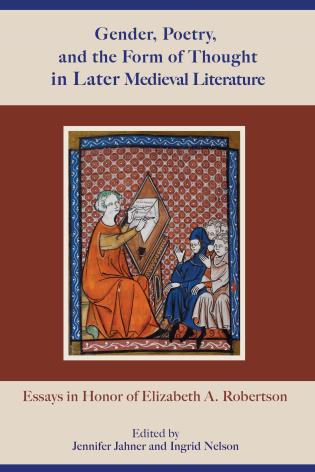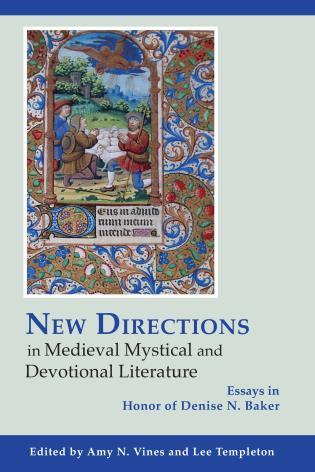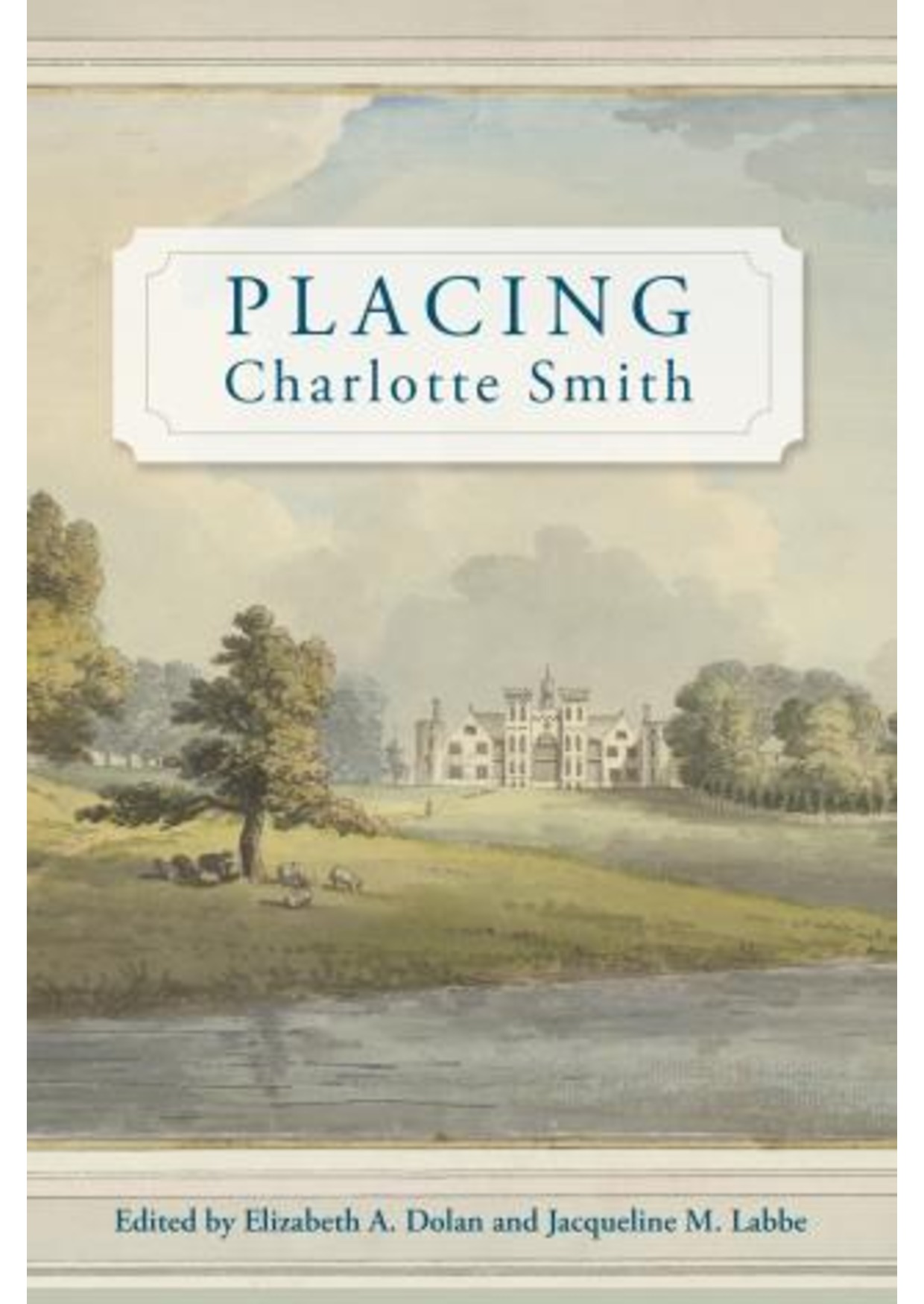A History, Volume 2
Theatre in Dublin, 1745-1820: A History, the first comprehensive history of the Dublin theatres in the eighteenth and early nineteenth centuries, reconstructs the milieu of popular public entertainment in the city of Dublin during these seventy-five years. Synthesizing and analyzing all known surviving information about the many Dublin theatres, pleasure gardens, circuses, and concert halls, John C. Greene cicorporates detains of over 18,000 performances.
This book presents detailed illustrations of the theatre buildings based on recent archaeological and architectural discoveries, showing the seating arrangements, capacities, entrances, exits, and dimensions. This information is essential to trying to reach a clearer idea of the composition of the Dublin audience. Using population figures and architectural details, Greene demonstrates that the Dublin theatres could not have been the coterie venues as previously thought, but were, in fact, composed of a majority of Catholic patrons. This answers important questions about the rationale behind the choice of plays and other entertainment.
Theatre in Dublin also presents an extensive amount of new information on the government regulation of entertainment, including a close study of the legislative process leading to the Stage Act of 1786. Greene also analyzes business elements such as advertising, benefit performances, finances, theatre management practices, repertory, and the costume and prop details. He takes care to consider the socioeconomic position and mobility of both the entertainers and audience. It also includes detailed chronological surveys of dancers, and dancing, costumes, scenery, scenographers, machinists, and specialty performers, such as rope-dancers and equestrians. These two volumes include forty-eight illustrations.
